1. McDonald’s McDLT
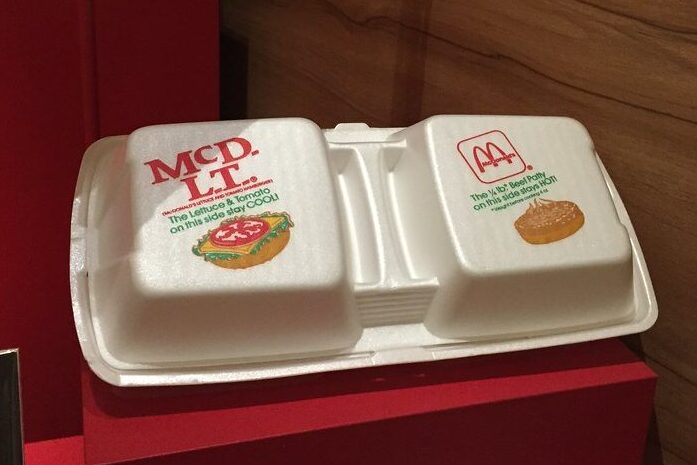
McDonald’s thought they had a genius idea with the McDLT—keeping the hot side hot and the cool side cool. The burger came in a double-sided Styrofoam container, separating the beef patty from the lettuce and tomato. Customers had to assemble it themselves, which felt more like a chore than a treat. While the concept was unique, the packaging was an environmental disaster, and by the early ’90s, McDonald’s had to retire it. Some fans still reminisce about the crisp lettuce and warm burger combo, but most people probably didn’t miss the extra step says Serious Eats.
The fast-food world is all about convenience, and the McDLT made things unnecessarily complicated. The extra packaging also felt excessive at a time when environmental concerns were becoming more mainstream. While the burger itself wasn’t bad, it just wasn’t worth the hassle for customers who expected a grab-and-go experience. McDonald’s learned that gimmicky packaging doesn’t always make for a better burger.
2. Burger King’s Halloween Whopper
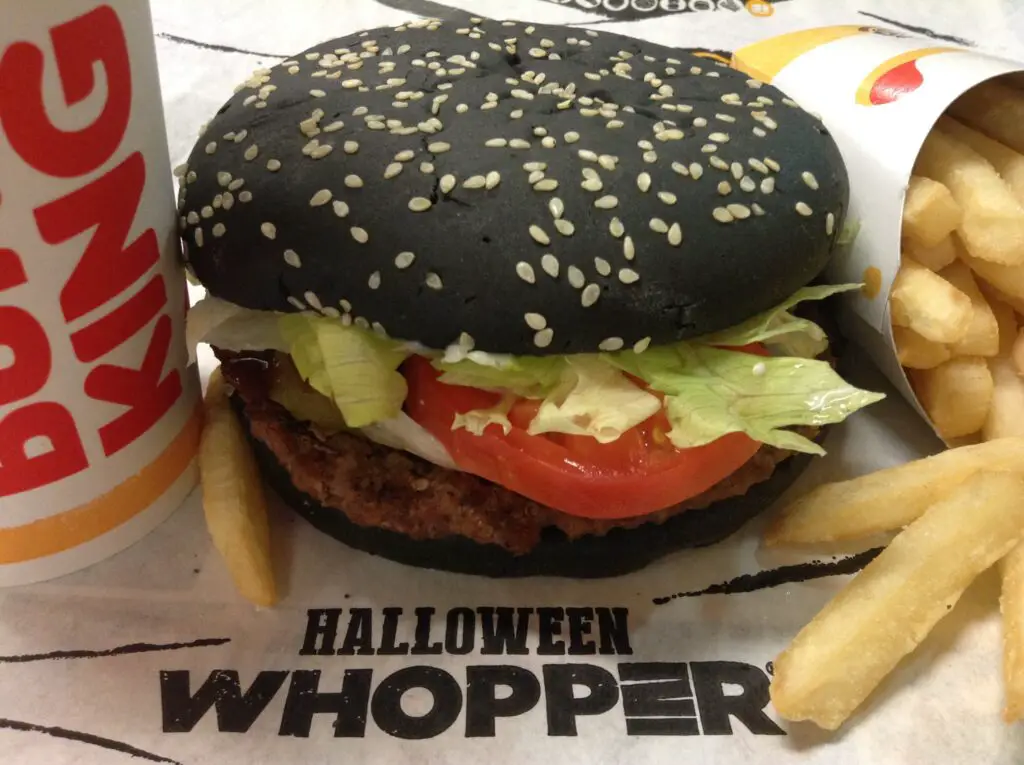
In 2015, Burger King decided to embrace the spooky season with the Halloween Whopper, featuring a black bun infused with A.1. steak sauce. It certainly grabbed attention, but not for the reason BK hoped. Customers quickly noticed the burger turned their bathroom trips into a neon green nightmare. The food dye used in the bun had a shocking effect on digestion, and people took to social media to share their horror stories. Despite the backlash, Burger King tried a similar black bun again in later years, but it never had the same cursed energy shares TODAY.
The Halloween Whopper proved that some food experiments are better left in the test kitchen. While people love a good seasonal menu item, there’s a fine line between fun and frightening. The burger itself wasn’t even that different from a standard Whopper, making the controversy even more pointless. Customers want novelty, but they don’t want to worry about what’s going to happen to their digestive system afterward.
3. Taco Bell’s Seafood Salad
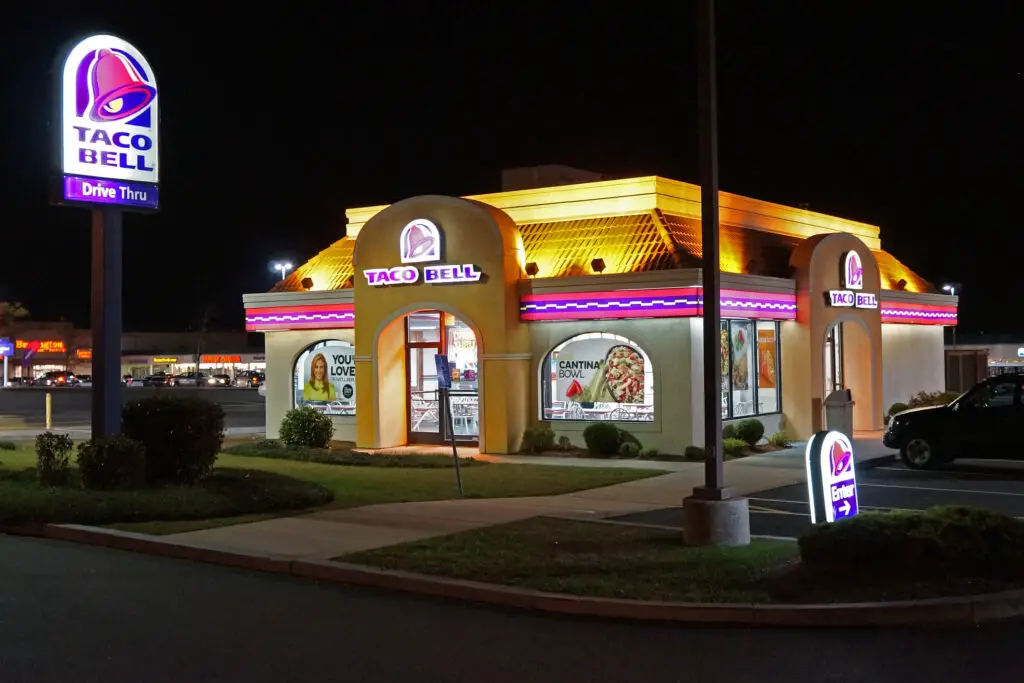
Taco Bell is known for its tacos and burritos, not for its ability to source high-quality seafood. But in the ‘80s, they decided to test their luck with the Seafood Salad, a mix of shrimp, whitefish, and crab on a bed of lettuce. It was an attempt to compete with McDonald’s Filet-O-Fish, but customers weren’t biting. Fast food seafood already has a tough reputation, and Taco Bell wasn’t exactly the place people trusted for fresh ocean fare. The item didn’t last long, especially after health concerns popped up adds the Takeout.
Considering Taco Bell’s usual menu, it’s probably best they stick to the land-based proteins. The idea of a seafood salad from a drive-thru window just didn’t sit right with people. Even for the adventurous eaters, the quality and freshness were too unpredictable. Taco Bell wisely pulled it from the menu before it could do any real damage to their reputation.
4. McDonald’s Hula Burger
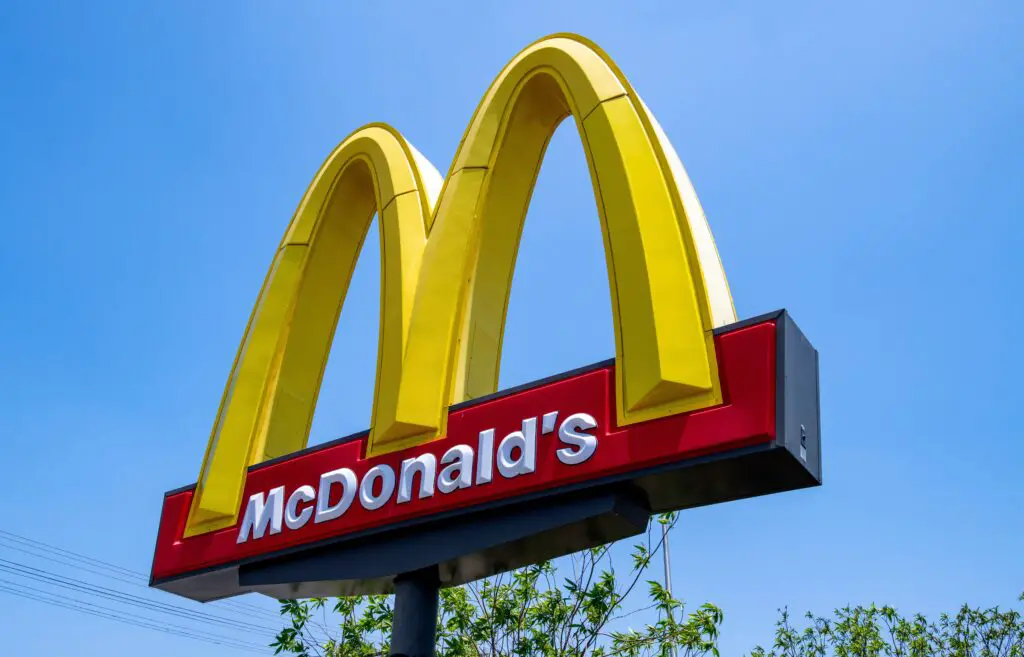
Back in the ‘60s, McDonald’s founder Ray Kroc thought he had the perfect meat-free option for Catholics abstaining from beef on Fridays: the Hula Burger. Instead of a beef patty, this burger featured a thick slice of grilled pineapple with cheese on a bun. It sounded tropical in theory but didn’t quite hit the spot. Customers overwhelmingly preferred the Filet-O-Fish, which was introduced at the same time and ended up becoming a permanent menu item. The Hula Burger quickly faded into obscurity, proving that not every fruit belongs in a sandwich.
McDonald’s was ahead of its time in trying to offer a meatless alternative, but pineapple wasn’t the answer. It turns out that if customers are looking for a fast-food burger, they probably don’t want a sweet and juicy fruit in place of the patty. The experiment failed so hard that most people have never even heard of the Hula Burger. If nothing else, it paved the way for better vegetarian options in the future.
5. KFC’s Double Down
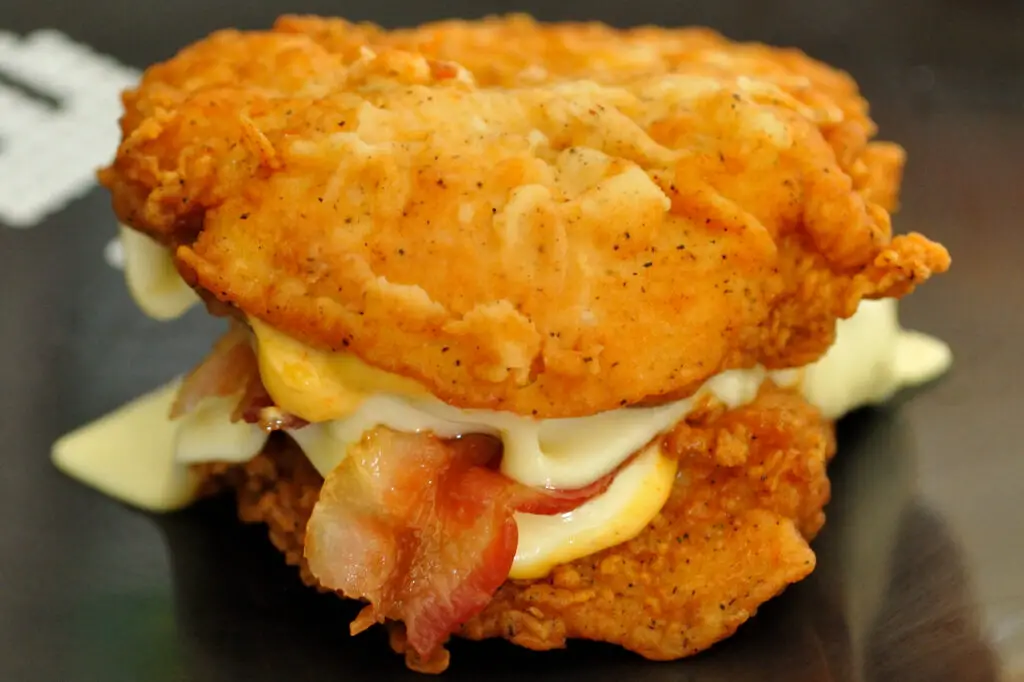
The Double Down was a fever dream of a sandwich, replacing the bread with two fried chicken filets. Inside, it was stuffed with bacon, cheese, and a special sauce, making it one of the most over-the-top fast food items ever created. It debuted in 2010 and immediately divided opinions—some loved its unapologetic indulgence, while others saw it as a heart attack on a plate. Despite its extreme nature, it had a strong fan base, leading KFC to bring it back a few times.
Still, the sandwich was so excessive that it never found a permanent home on the menu. The sheer messiness of eating two slabs of fried chicken as a sandwich turned off a lot of customers. It was a gimmick, not a sustainable menu item, and once the novelty wore off, sales plummeted. While fast food is all about excess, even this was too much for most people.
6. McDonald’s Mighty Wings
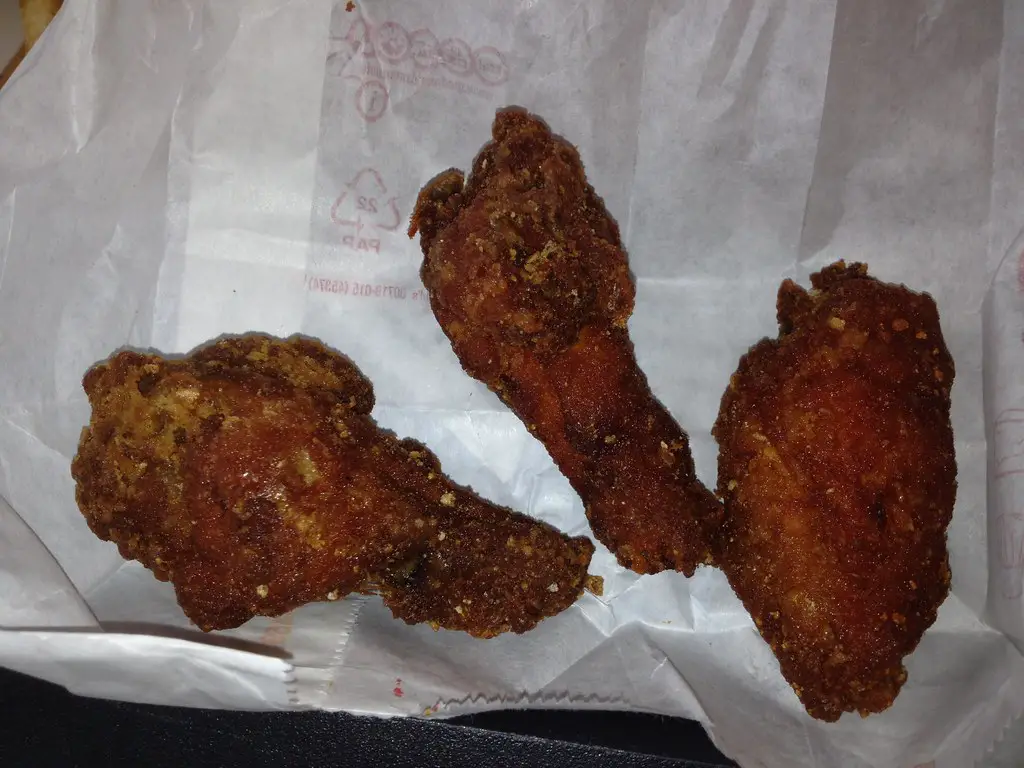
McDonald’s has tried to break into the chicken wing game multiple times, but their 2013 Mighty Wings launch was a total misfire. The wings were too expensive compared to McDonald’s usual cheap eats, and customers weren’t willing to pay premium prices for fast-food wings. On top of that, they were too spicy for some people and too messy for a drive-thru snack. McDonald’s ended up with a huge surplus of unsold wings, forcing them to cut their losses.
Even though wings are wildly popular, McDonald’s customers weren’t looking for them at the Golden Arches. The brand is built on burgers, fries, and affordable nuggets, and Mighty Wings just didn’t fit. People might grab wings at a sit-down restaurant, but fast-food wings are a tough sell. McDonald’s learned that sometimes, sticking to what you do best is the smarter move.
7. Taco Bell’s Naked Chicken Chalupa
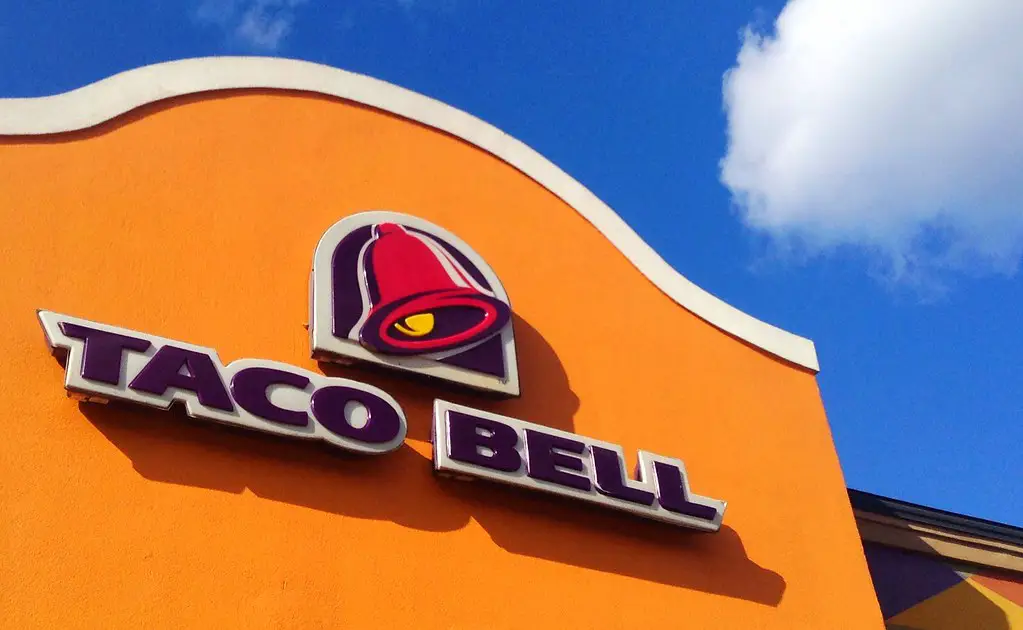
Taco Bell is no stranger to pushing the boundaries of what qualifies as a taco shell. The Naked Chicken Chalupa swapped out the traditional tortilla for a deep-fried chicken patty shaped like a taco shell. It was crunchy, greasy, and filled with lettuce, tomato, cheese, and avocado ranch sauce. While it had a cult following, it wasn’t built for long-term success.
The idea of a chicken shell sounded great in theory, but in practice, it was a little too much for everyday eating. It was hard to hold, messier than expected, and too heavy for a regular menu item. Taco Bell has experimented with plenty of outrageous creations, but this one was a little too wild. It disappeared from the menu, proving that not every deep-fried idea is a winner.
8. Burger King’s Windows 7 Whopper
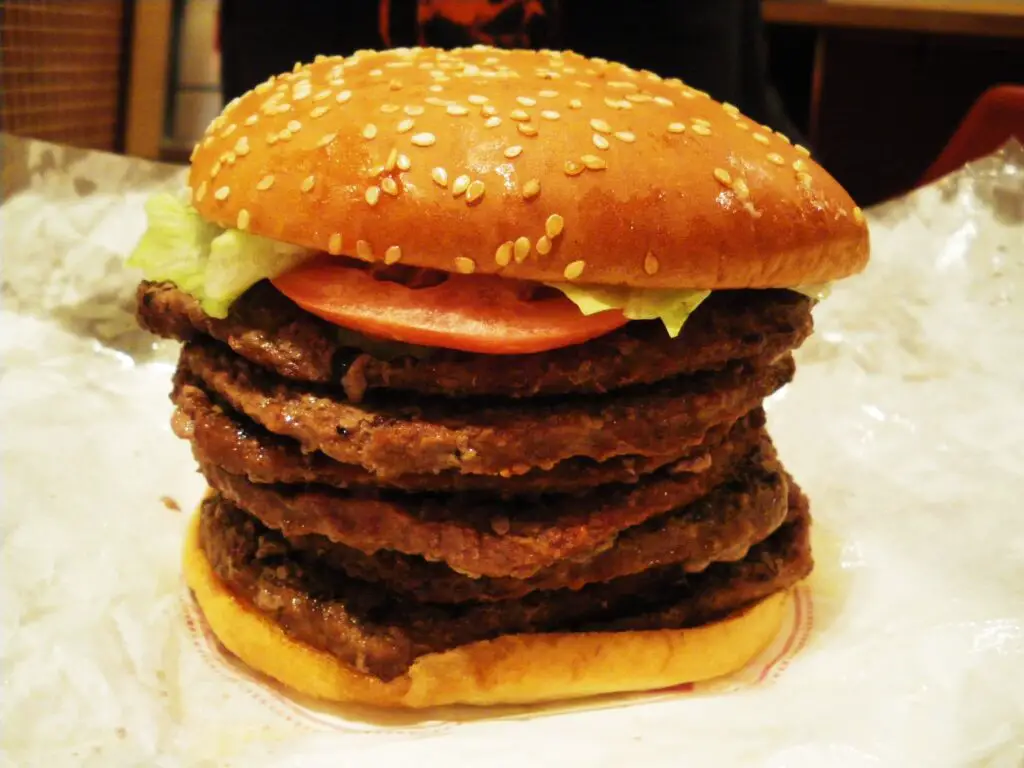
In 2009, Burger King Japan launched the Windows 7 Whopper to celebrate the Microsoft operating system release. This burger had an absurd seven beef patties stacked high, making it nearly impossible to eat. It was meant to be a limited-time novelty, but it quickly became more of a challenge than a meal. Those who attempted it often found themselves full after just a few bites.
While it got people talking, it wasn’t exactly a menu item built for repeat customers. Fast food works because it’s easy to eat, and this monstrosity was anything but. The Windows 7 Whopper was a marketing gimmick, not a sustainable addition to the menu. Even the most devoted Burger King fans weren’t asking for that much meat.
9. McDonald’s Arch Deluxe
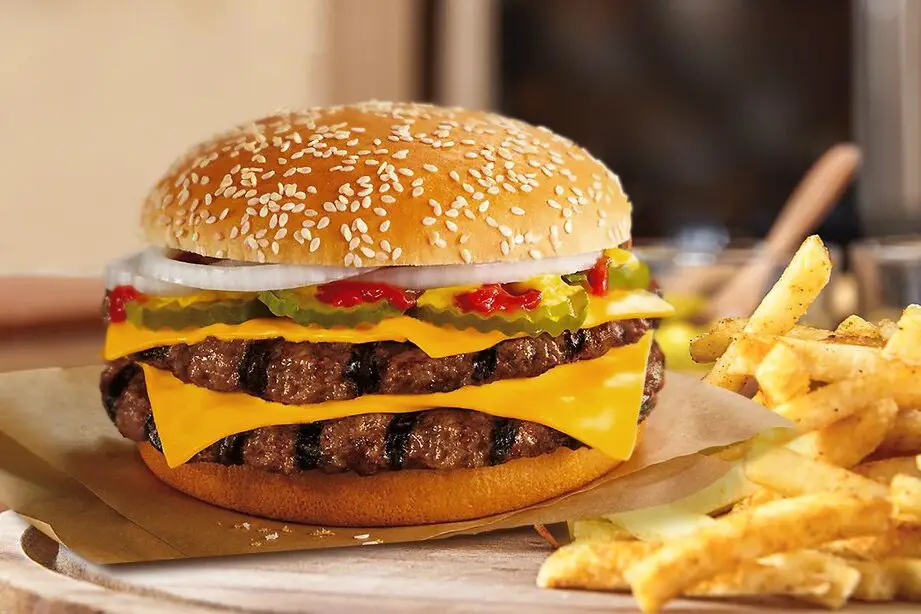
McDonald’s tried to go gourmet in the ‘90s with the Arch Deluxe, a “fancier” burger marketed to adults. It had a unique mustard-mayo sauce and was supposed to be more sophisticated than a Big Mac. The problem? No one really wanted a high-end McDonald’s burger. The campaign flopped, and the Arch Deluxe became one of McDonald’s biggest failures.
The fast-food giant learned the hard way that customers come for cheap, reliable comfort food, not upscale dining. The Arch Deluxe tried to redefine what McDonald’s could be, but it missed the mark on what its customers truly valued. Instead of offering something more luxurious, McDonald’s found that people were still craving the same familiar favorites. The Arch Deluxe’s quick demise showed that McDonald’s doesn’t need to be fancy to succeed.
10. Wendy’s Superbar
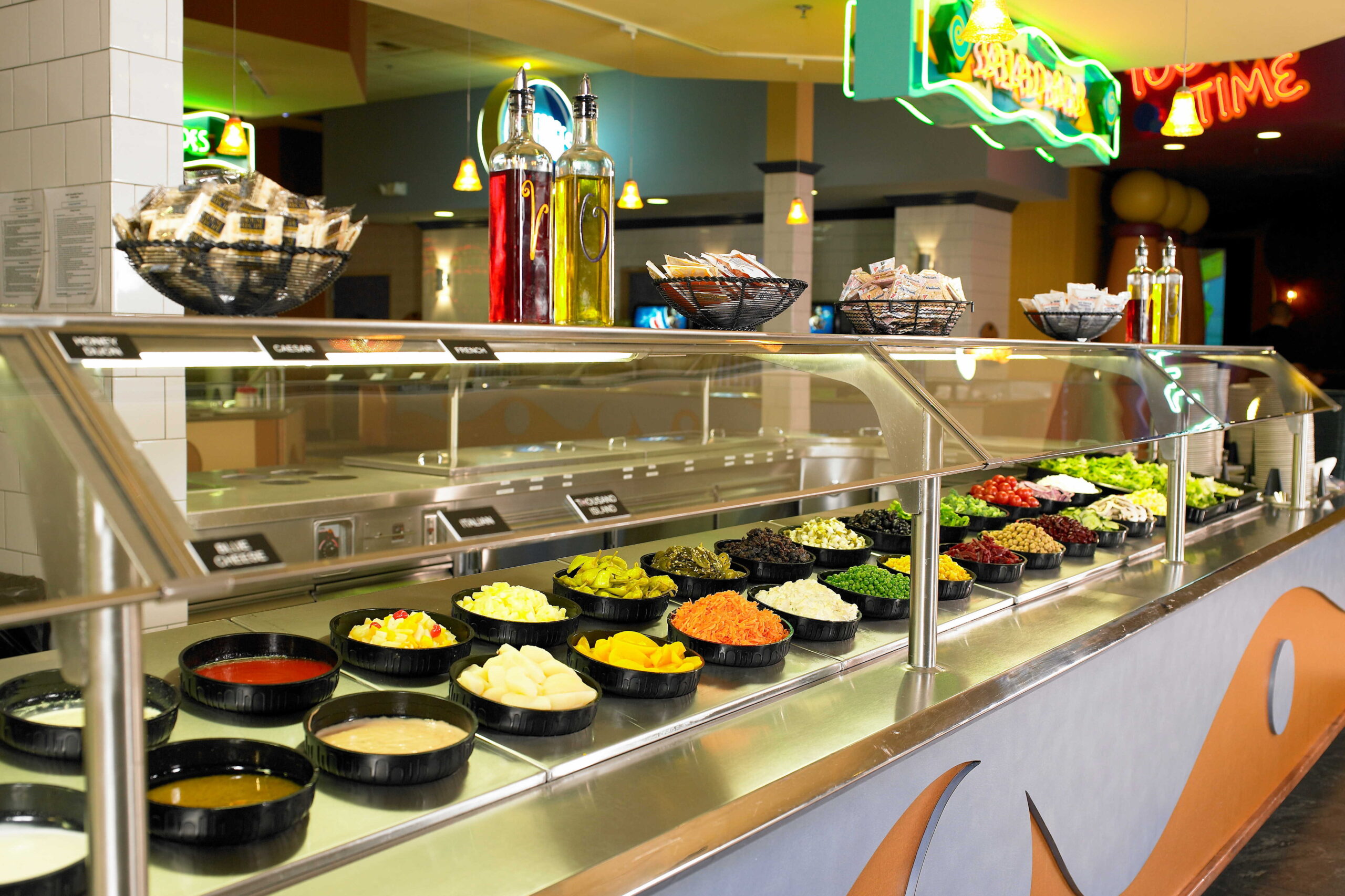
In the late ‘80s, Wendy’s decided to embrace the buffet craze with the Superbar, an all-you-can-eat salad, pasta, and taco bar. It was a hit at first, offering way more variety than the typical fast-food experience. But maintaining it was a nightmare—keeping everything fresh and clean while charging fast-food prices wasn’t sustainable. Employees hated restocking it, and customers weren’t always the most hygienic.
By the late ‘90s, Wendy’s pulled the plug, returning to a simpler menu that didn’t require endless refills. The Superbar just didn’t work in the fast-food world, where efficiency and convenience are key. Wendy’s learned that people were more interested in quick, easy meals than grazing at a salad bar. While it was an interesting idea at the time, it wasn’t long before the Superbar faded into fast-food history.
11. McDonald’s Onion Nuggets
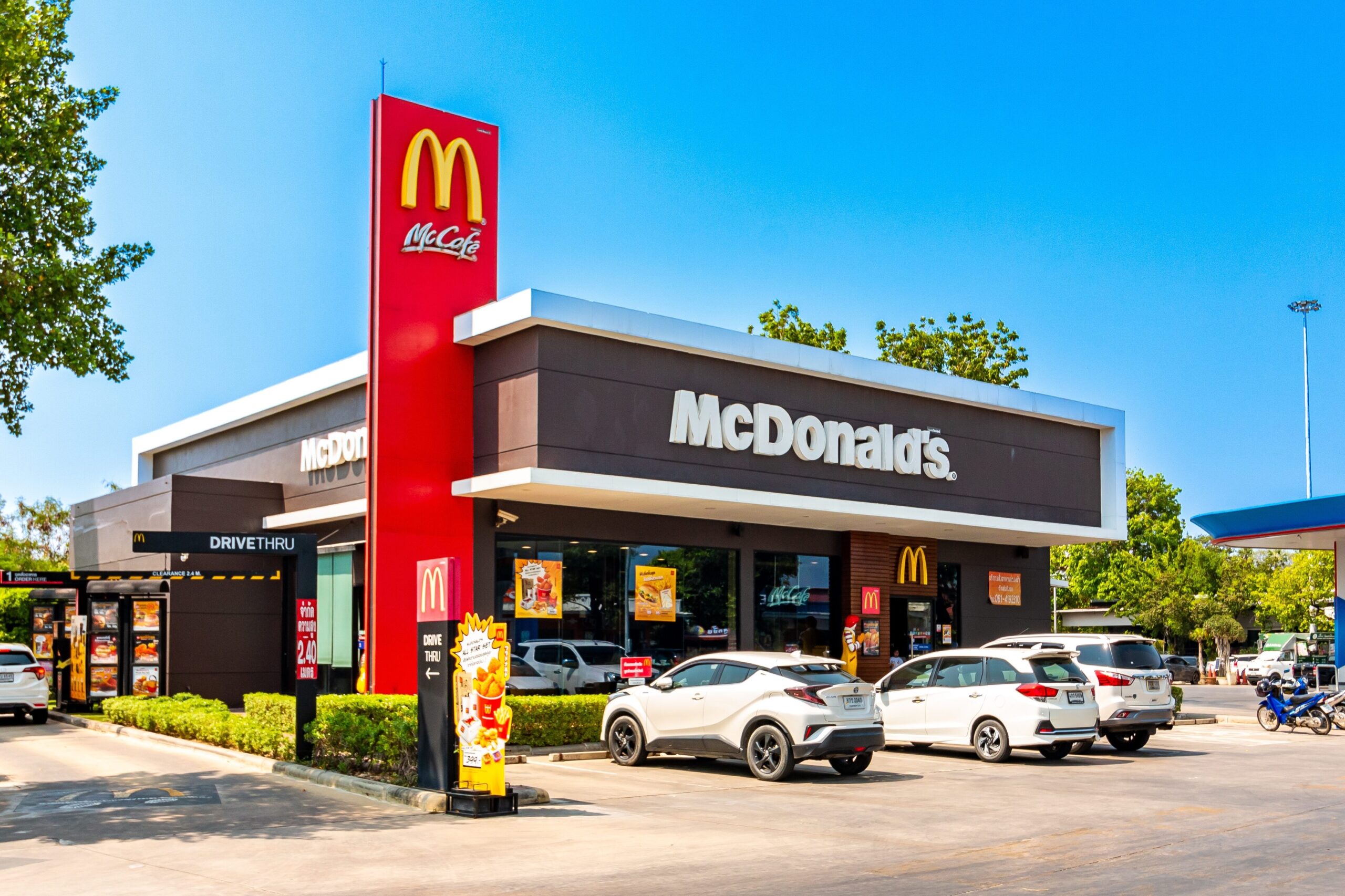
Before Chicken McNuggets took over the world, McDonald’s tested something a little different: Onion Nuggets. These deep-fried onion chunks were meant to be a side option alongside fries. They had a similar concept to onion rings but lacked the same appeal. The taste wasn’t bad, but customers weren’t sold on the idea of bite-sized onions as a snack.
Once Chicken McNuggets launched, the Onion Nuggets were history, proving that fried onions just didn’t have the same magic. The novelty of a nugget-shaped onion didn’t excite people the way a nugget-shaped chicken did. The experiment was short-lived, and McDonald’s wisely focused on what their customers loved. Onion Nuggets were an odd, albeit tasty, side project that didn’t stand the test of time.
12. Pizza Hut’s Hot Dog Stuffed Crust
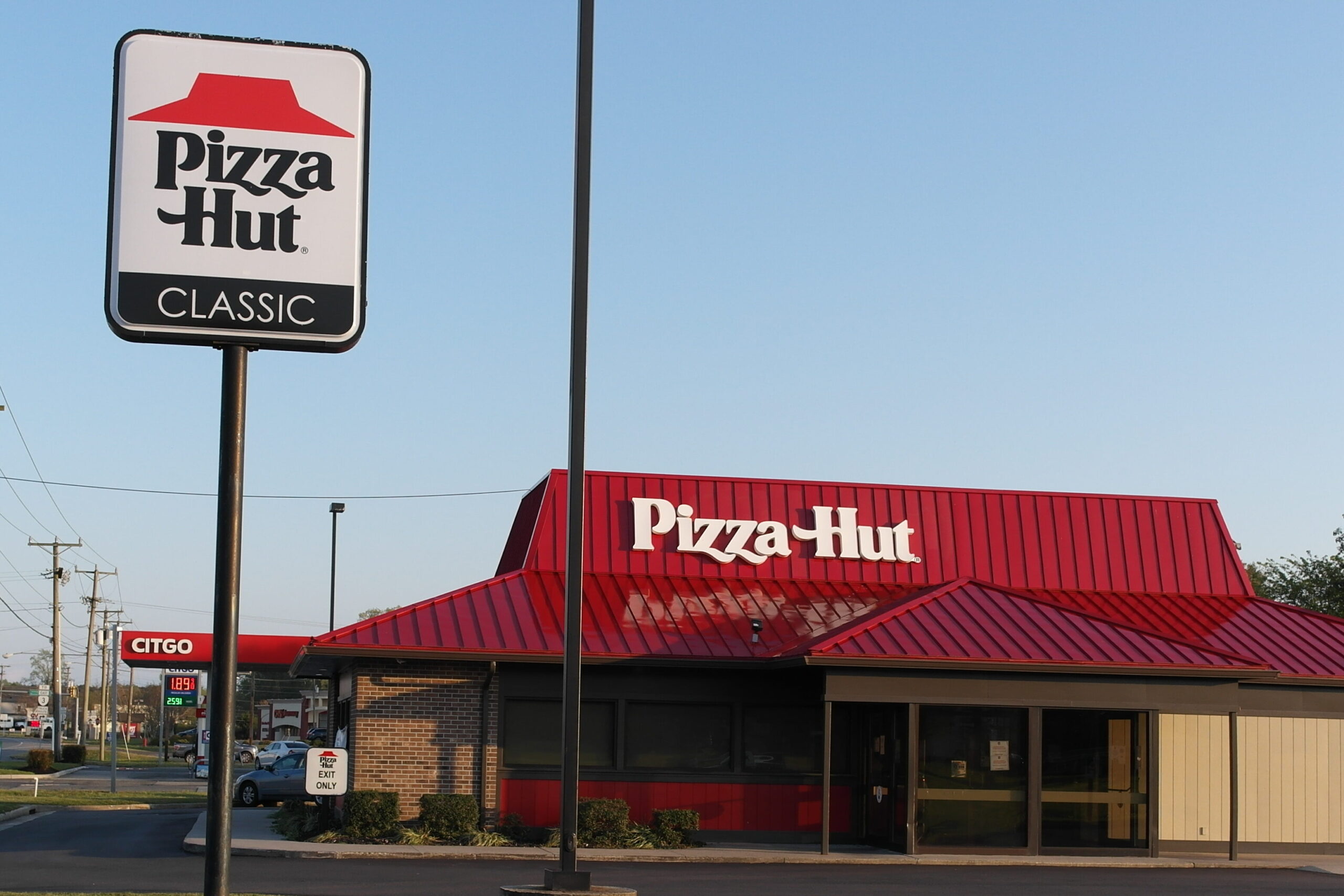
Pizza Hut has experimented with stuffed crust for years, but their Hot Dog Stuffed Crust took things to a bizarre level. The outer ring of the pizza was filled with actual mini hot dogs, combining two guilty pleasures into one. It was available in select markets, and while some adventurous eaters loved it, most people found it unnecessary.
The combo of greasy pizza and salty hot dogs was a little too much, even for fast-food lovers. The Hot Dog Stuffed Crust didn’t have the staying power that the regular stuffed crust pizza enjoyed. While the concept was fun, the execution didn’t hit the mark for the majority of customers. Sometimes, it’s better to leave well enough alone—especially when hot dogs and pizza aren’t meant to mix.
